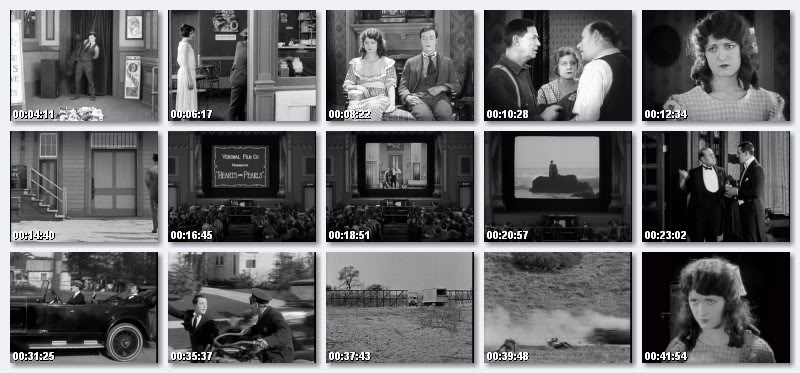The View page displays a submission's general information and data. Ver vídeo
Información del envío
Número del envío: 1113
ID del envío: 1122
Submission UUID: 1db3e1d1-eb5f-4afe-983f-eb91a547d042
Submission URI: /es/form/wizard-fichatraductologica
Created: Vie, 19/11/2021 - 03:20
Completed: Mié, 24/11/2021 - 01:57
Changed: Sáb, 19/10/2024 - 21:16
Remote IP address: (desconocido)
Enviado por: ARIADNA SANCHEZ MARTINEZ
Idioma: Español
Is draft: No
Página actual: webform_confirmation
Form Ficha Terminológica: Ficha Traductológica
Término
Cinema of attractions
Inglés (Reino Unido) (215)
Humanidades y de las Artes (406)
Cinematografía (474)
Estilos y corrientes cinematográficas
A cinematographic movement from around 1907 to 1913 in which filmmakers were seeking to make distinctive images that went beyond everyday life representations. These films draw viewers to focus on the animation and thrill of the images as if watching a theatre play or being at a circus rather than on the narrative.
Europeana Pro. (2018). Cinema of attraction. Retrieved from https://pro.europeana.eu/data/cinema-of-attraction
Tom Gunning introduced the term cinema of attraction to us in his writings. As he mentioned: “the cinema of attractions solicits a highly conscious awareness of the film image engaging the viewer’s curiosity.” Instead of having the audiences focusing on the narrative, I think the films from cinema of attractions encourage the audiences to remain aware of the act of looking, the impulse and excitement from the image.
LI Sun V, (2010). Cinema of attractions. In Film Theory. Retrieved from http://justselina.qwriting.qc.cuny.edu/2010/04/27/cinema-of-attractions/
Español
cine de atracciones
Nominal (221)
México (Mex.) (192)
Cine que logra atraer la atención del espectador hacia una forma particular de exhibición que no se concentraba en la narrativa. Fue la primera etapa del cine, también conocido como cine de los inicios.
ASAECA, (2011). Reexaminando el cine de atracciones: cambios epistémicos, realineamientos diegéticos y el retorno de Rube en los medios digitales. Imagofagia. (3). https://normas-apa.org/referencias/citar-revista/
En contraposición al “cine de integración narrativa”, el “cine de atracciones” abarcaba las distintas caracteristicas particulares del cine de los inicios, desplazando rápidamente entre otros términos similares al “modo de representación primitivo” acuñado por Burch, al “control editorial basado en la exhibición” de Musser y a la “mostración” de Gaudreault
Asaeca. (2011) Reexaminando el cine de atracciones: cambios epistémicos, realineamientos diegéticos y el retorno de Rube en los medios digitales. Revista Imagofagia, 1(3). Recuperado de https://dialnet.unirioja.es › descarga › articulo
Multimedia

Externa
http://justselina.qwriting.qc.cuny.edu/files/2010/04/SherlockJr.jpg
https://youtu.be/xxLGDF_121U
Externa
https://youtu.be/xxLGDF_121U
